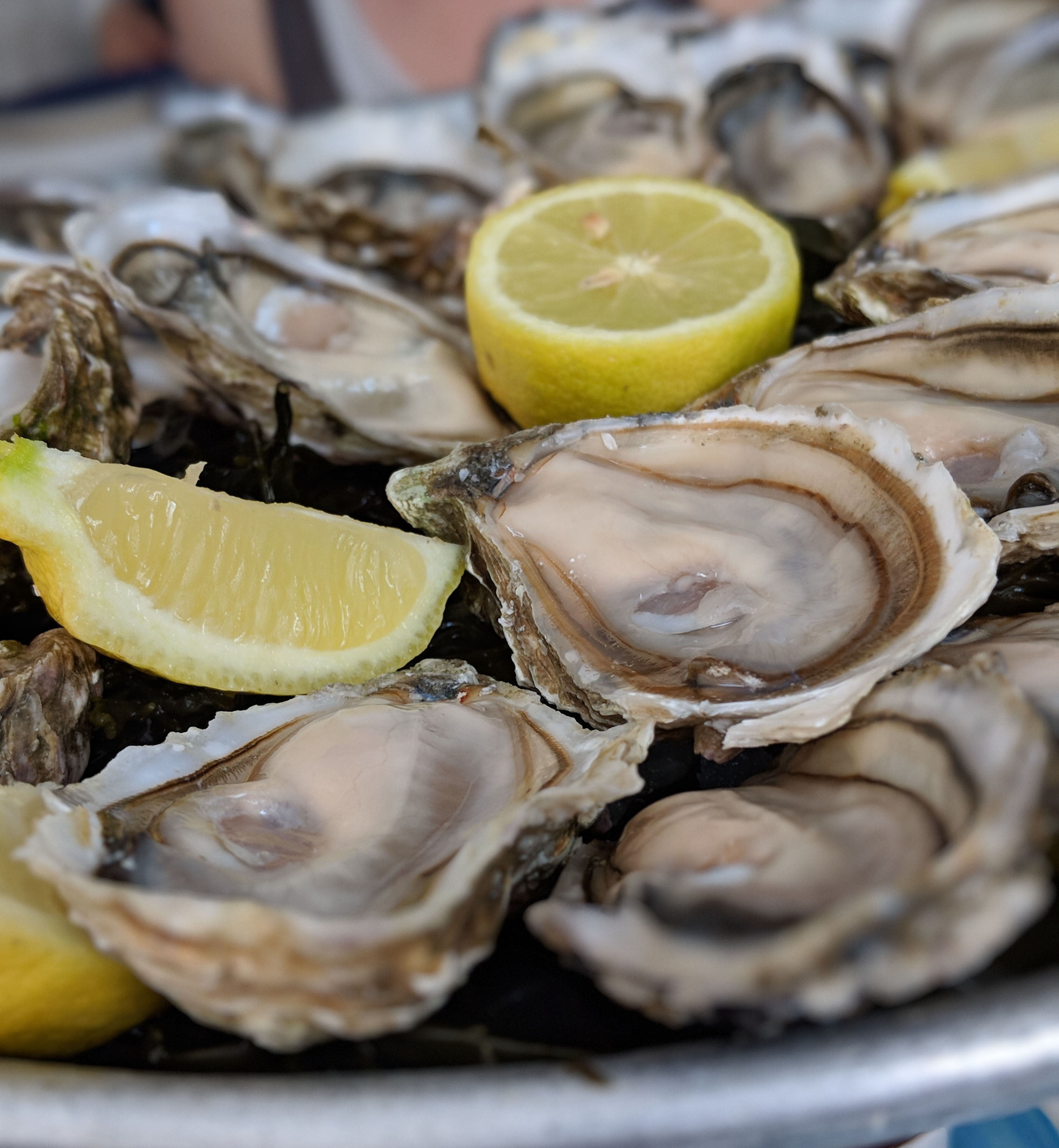Oysters & A Sense of Place
Jun 9 2018“As I ate the oysters with their strong taste of the sea and their faint metallic taste that the cold white wine washed away, leaving only the sea taste and the succulent texture, and as I drank their cold liquid from each shell and washed it down with the crisp taste of the wine, I lost the empty feeling and began to be happy and to make plans.” – Ernest Hemingway, A Moveable Feast
French winemakers have a concept called terroir - a “sense of place” that is reflected in a wine.
Each plot of land that might grow a grape is unique. The way light strikes the field in summer, the way the temperature drops as the sun sinks below a ridge, the way the rain runs down this particular hillside and into the soil, the way the fog blankets a valley floor - a millenia of geological and environmental processes come together to produce each vine. And the wine from these grapes, in turn, becomes the ultimate expression of this specific spot on earth.
Food can express its terroir too. Oysters take me straight to the sea. A dockside - clanging buoy bells, seagulls, a salty breeze, wood beams and rusted iron and tar - packed into a shell.

Certain oysters reveal an even greater precision. Since the Roman era, the Marennes-Oléron basin in the southwest of France has been the largest oyster-producing region in the world. Oysters there are grown and harvested in claires - shallow oysterbeds set into the coastline and protected from the ravages of the open sea.
The claires are oyster vineyards, with their own terrior. And oysters, as filter-feeders, are quite literally a distillation of their environment. Varying minerality, salinity, water temperature, tidal patterns, and local algae impart unique, distinguishing flavor to the oyster. Claire oysters are designated by their ripening time and the density of their oysterbed - the Pousse en Claire, grown with the lowest density of oyster per square meter, are the sweetest and fleshiest. A claire oyster doesn’t just transport you to the sea - it brings you to a point in the southwest of France, a particular estuary, tended a specific way, where oysters have been harvested for thousands of years.
So oysters made the perfect meal to settle into this new place. Alongside two friends, we collected ourselves each behind a dozen Fines des Claires and Speciale des Claires and dove into the sea, at the famed Huîtrerie Régis. A dozen claire oysters and a Sancerre is about as “Bienvenue à France” as it gets.

We’re all, to a degree, products of our own terrior - we project a sense of place from which we were raised. And the beauty of terrior as a concept is that it is not a value judgment. It is typically a compliment to say a wine, or an oyster, reflects a strong terrior. This simply means it intimately expresses its origin - that it is a genuine product of its surroundings rather than crafted to appeal to a certain audience.
Thirty-six Marennes-Oléron oysters certainly did the trick today. Despite June not being spelled with an R.